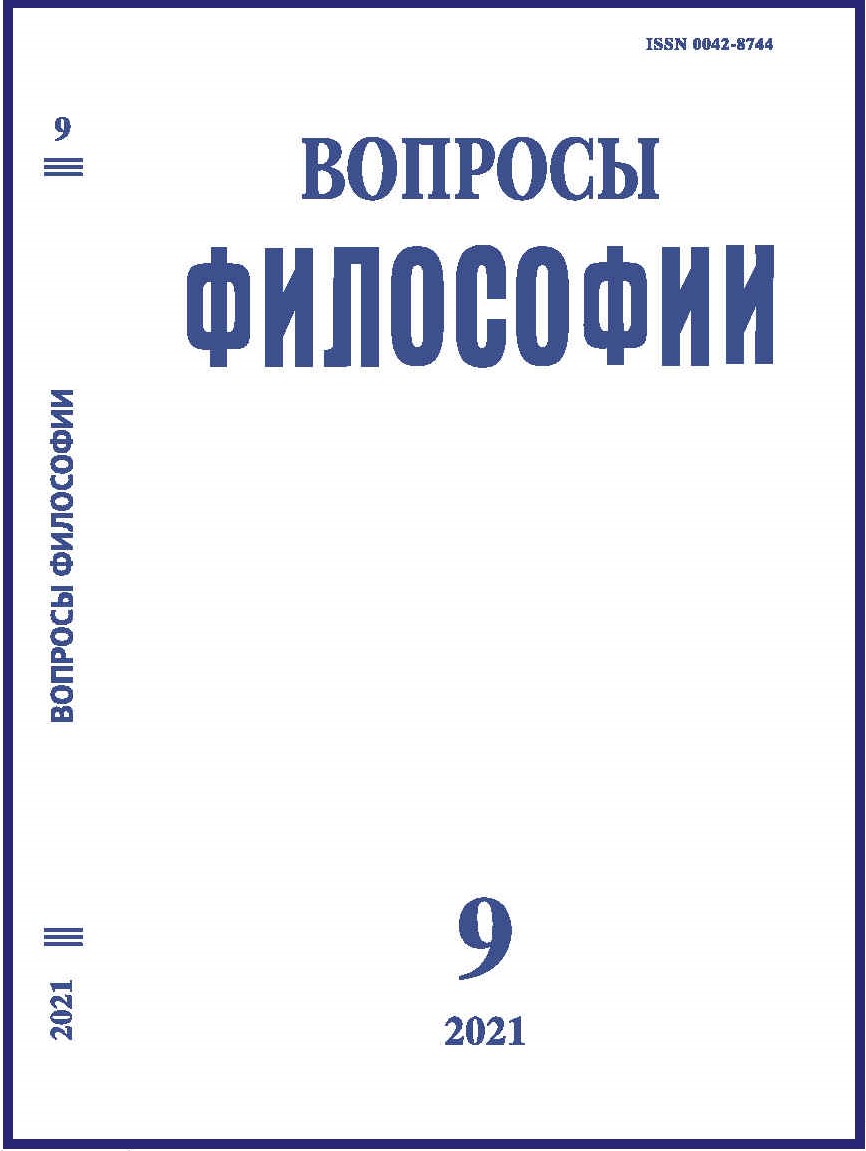Retrospective and Prospective of the Subject’s Principle in the Research of Thinking in the Rubinstein’s School
DOI:
https://doi.org/10.21146/0042-8744-2021-9-75-81Keywords:
subject, thinking process, insight, speech, imagination, coding, modelling, initiative, cognition, visual, development, required, stimulus-reactionAbstract
The article compares two lines of development of S.L. Rubinstein's theory. The first of them is associated with the activities of Rubinstein's student and permanent employee, after his death, the director of the Psychological Institute of the Russian Academy of Sciences, A.V. Brushlinsky, the second-with the activities of the last student of S.L. Rubinstein, D.B. Bogoyavlenskaya. If Brushlinsky introduces the concept of non-instantaneous insight, which marks the insight prepared by the previous thinking process, then Bogoyavlenskaya justifies the instantaneity of insight, describing the “vertical” structure of the thinking process and the corresponding language; Brushlinsky introduces the term “sought” to denote the goal of finding a solution to the problem-Bogoyavlenskaya goes further and reveals the ability of the subject to develop activities on his initiative after finding such a solution; Brushlinsky develops the subject-activity approach – Bogoyavlenskaya implements the principle of Rubinstein’s creative autoactivity [1922], developing the philosophical and psychological theory of the teacher and its methodological richness.

